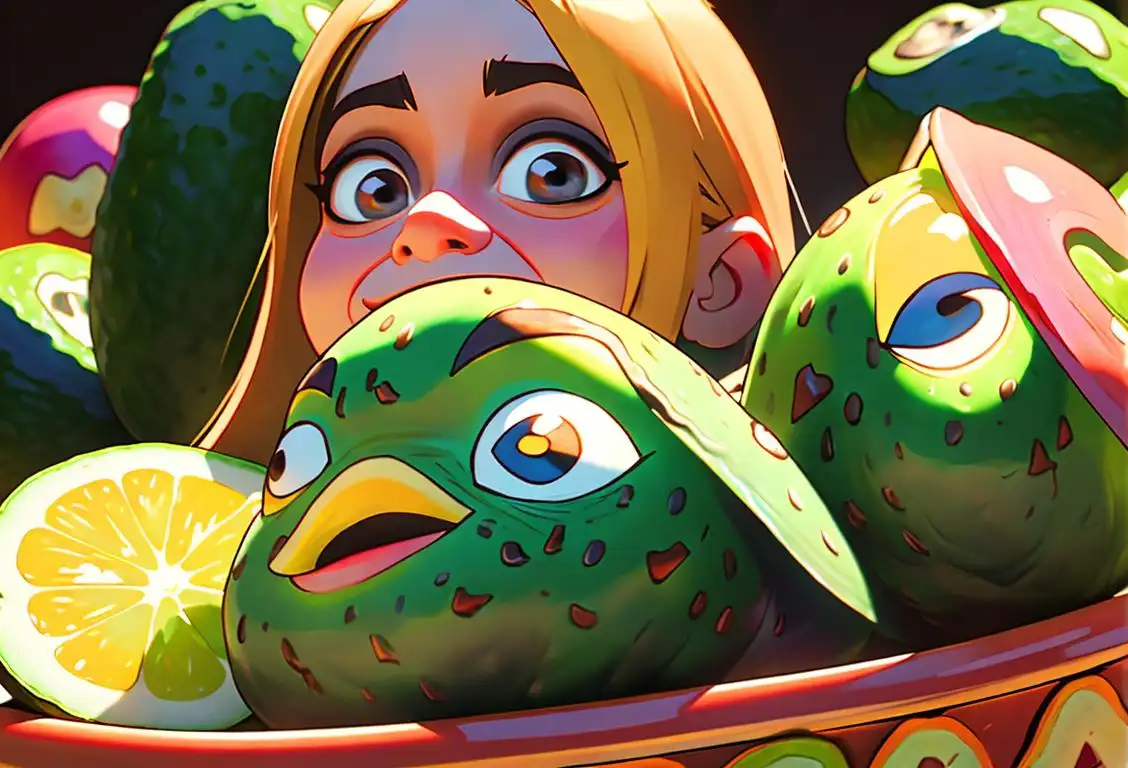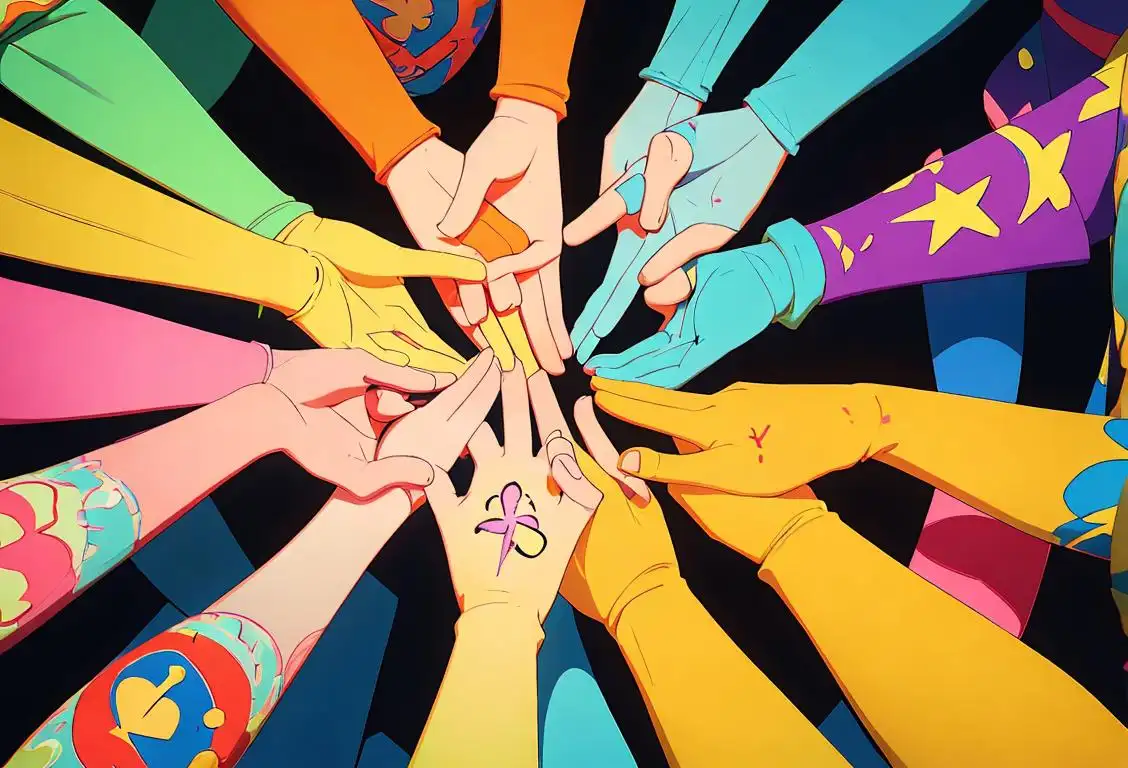National Daisy Day

Welcome to National Daisy Day, the blooming celebration that spreads joy and cheer with the presence of these delicate little flowers. It's the perfect occasion to stop and smell the daisies!
When is Daisy Day?
It's national daisy day on the 28th January.
The Internet History of National Daisy Day
Picture this: it's a beautiful spring day, the sun is shining, and a gentle breeze carries the sweet scent of flowers through the air. In the midst of this idyllic scene, someone had the brilliant idea to dedicate a day to the beloved daisy flower. And just like that, National Daisy Day was born!
Although we couldn't find concrete evidence of the origin of this delightful day, we can imagine that it was inspired by the daisy's timeless beauty and charm. These cheerful flowers have been adored for centuries, and it's only fitting that they have their very own day of celebration.
A Daisy Delight
On National Daisy Day, people all around the world come together to appreciate the simple beauty of these lovely flowers. Some choose to adorn their homes and gardens with daisies, creating a vibrant and colorful display. Others may choose to gift daisy bouquets to their loved ones, spreading joy and brightening someone's day.
But National Daisy Day is not just about pretty petals. It's also a reminder to embrace the qualities symbolized by this humble flower: purity, innocence, and new beginnings. It's a day to let your worries drift away like dandelion seeds on the wind and to find joy in the little things.
Did You Know?
Did you know that daisies are not a single flower, but rather a composite flower? Each daisy bloom is composed of many tiny flowers called florets, creating that familiar disc-shaped appearance with white petals surrounding a yellow center.
History behind the term 'Daisy'
900 AD
Old English Origins
The term 'daisy' can be traced back to the Old English word 'dægeseage', meaning 'day's eye'. This early name originates from the flower's habit of closing up at night and reopening during the day, as if it were awaking with the sun. The daisy was highly regarded during this time, appearing in both poetry and folklore, and it was often associated with innocence and purity.
15th Century
Middle English Adaptation
During the 15th century, the Old English term 'dægeseage' gradually transformed into the Middle English term 'dayesye' or 'day-ey', retaining the same meaning. This period saw the daisy gain popularity as a decorative flower in gardens and meadows, loved for its delicate beauty and simplicity.
18th Century
Modern English Usage
In the 18th century, the spelling of the term 'dayesye' evolved into its modern form: 'daisy'. This change was influenced by the regular sound shifts that occurred in the English language during this time. 'Daisy' became the dominant term used to refer to the flower, and it has remained so ever since.
19th Century
Symbolic Associations
During the 19th century, the daisy's symbolism expanded beyond innocence and purity. It became associated with sentiments of true love, loyalty, and even fortune telling. The daisy's unique structure, with its delicate white petals and vibrant yellow center, inspired various romantic and sentimental expressions in art, literature, and culture.
Present Day
Enduring Popularity
Today, the term 'daisy' continues to be widely recognized and used. The daisy remains a beloved flower in gardens, symbolizing beauty and simplicity. Additionally, it holds significance in popular culture, appearing in songs, books, and even as a character in stories. Its enduring popularity ensures that the term 'daisy' will be commonly understood for generations to come.
Did you know?
Did you know that daisies are not a single flower, but rather a composite flower? Each daisy bloom is composed of many tiny flowers called florets, creating that familiar disc-shaped appearance with white petals surrounding a yellow center.Tagged
awareness fun loved onesFirst identified
10th April 2019Most mentioned on
28th January 2020Total mentions
134Other days
Compliment Day
Cheese Pizza Day
Pumpkin Day
Medal Of Honor Day
Guac Day
Foundation Day
Suicide Prevention Day
Memorial Day
Cancer Survivors Day
Bacon Day









